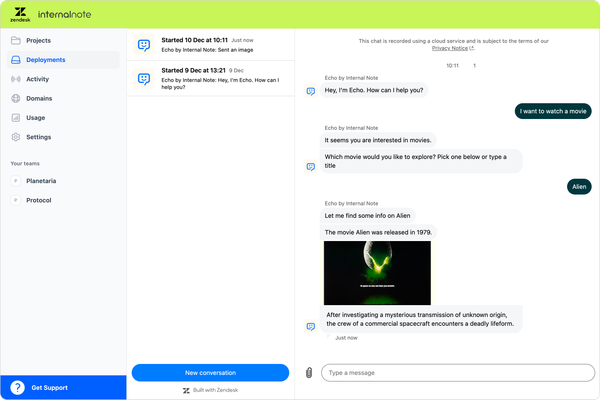
Zendesk News roundup for June 2025
Zendesk’s latest updates span event highlights (London Showcase), AI evolution (reasoning bots, intent models), product changes (Action Builder, messaging nudges), platform upgrades (editor revamp, 2FA), and pricing shifts toward usage-based models—all driving smarter, scalable support.
It’s been a couple of months since Zendesk Relate, and the spotlight has shifted from the main-stage conference to a series of smaller but equally polished showcases across the globe. These local events follow a familiar format: a crisp keynote, breakout sessions spotlighting products and customers, and a few well-chosen voices to inspire.
Last week, I joined the London Showcase alongside the team from Premium Plus. The keynote refined and expanded on the “Resolution Revolution” first unveiled at Relate. Told in five chapters, bookended by Tom Eggemeier, it covered:
- AI Agents – now with reasoning capabilities that feel less scripted and more conversational.
- Actions and Integrations – featuring the evolving Action Builder and the new App Builder.
- Knowledge Graph – indexing not just Zendesk articles but data from tools like Asana and Confluence, and business objects like orders and payment data.
- Zendesk QA – custom autoQA workflows to measure and improve support quality.
- Governance and Security – a renewed focus on privacy, access control, and compliance.



A few impressions from the event, and the mandatory selfie!
Of course, no event is complete without a selfie and a few booth-side chats. I spent most of my day at our demo table in the partner zone, catching up with customers and friends—many of whom are loyal readers of Internal Note.
Including the sponsor of this month's set of newsletters:
Next week: Amsterdam Showcase, so come say hi!
🏢 Company
Zendesk for Contact Center
Zendesk, a pioneer in Agentic AI-powered customer service, today announced the completion of its acquisition of Local Measure, a leading CCaaS (Contact Center as a Service) and advanced voice solutions provider and long-standing AWS partner. This strategic move expands Zendesk’s customer experience platform into larger, high-volume service environments through Local Measure’s integration with Amazon Connect, AWS’s AI-powered contact center solution. The integration unifies digital and voice channels within a single intelligent platform, now offered as Zendesk for Contact Center, delivering scalable, secure, and flexible AI-powered voice and CCaaS solutions.
The news about Local Measure's future acquisition was announced right before Relate and now, only two months later, the acquisition is a fact.
This move mirrors Zendesk’s acquisition of Ultimate, which instantly brought a modern, more capable conversational agent to the platform and paved the way for the new AI Agents Essential and Advanced offerings.
Local Measure will do a similar thing for Zendesk Voice. Zendesk Voice is focussed on smaller companies and provides a built-in voice solution with basic IVR features and call transcription and summarization features.

Zendesk Call Center, as Local Measure's tech will be called, moved that game to an Enterprise level. Built on top of Amazon Connect it'll offer similar capabilities as Ultimate does but for voice. A smart IVR that using AI to detect intent. The ability to integrate with external tools (think order status). Improved routing capabilities and a stronger focus on automation are turning what is often a costly support channel into an efficient one—where escalations lead to what matters most: a real, human conversation.
I'm working on getting hands on experience with both Amazon Connect and Zendesk Call Center.
It'll take me some time to get up to speed, but in the meanwhile: do subscribe to this newsletter!
You'll be the first to read all about the new Zendesk Call Center when I publish my overview!
🤖 AI Agents and Messaging
Naming Conventions for AI Agents Advanced
Zendesk is integrating Ultimate more tightly into their platform. It's gotten renamed to AI Agents Advanced earlier this year. The new App Tray now directly links to AI Agents.
This month brought a new wave of changes aimed at aligning the product more closely with the rest of the Zendesk platform:
- UltimateGPT is now called generative replies.
- The chat channel is now called messaging.
- The ticket channel is now called email.
- Content entities are now called entities.
- Visitors are now called customers.
There's three more things on my wishlist for this integrations, although they probably fall more under technical changes than changing names:
- Migrate API integrations into Zendesk Actions (the once used by Agent Copilot and Action Builder)
- Replace the Ultimate web widget with the Zendesk Widget to test the AI Agent within the Admin Dashboard
- Have native support for Authentication (It's part of the SunCo User payload, but just not accessible in the
getUser()action in AI Agents Advanced dialogue builder.

Inactive messaging conversation reminders
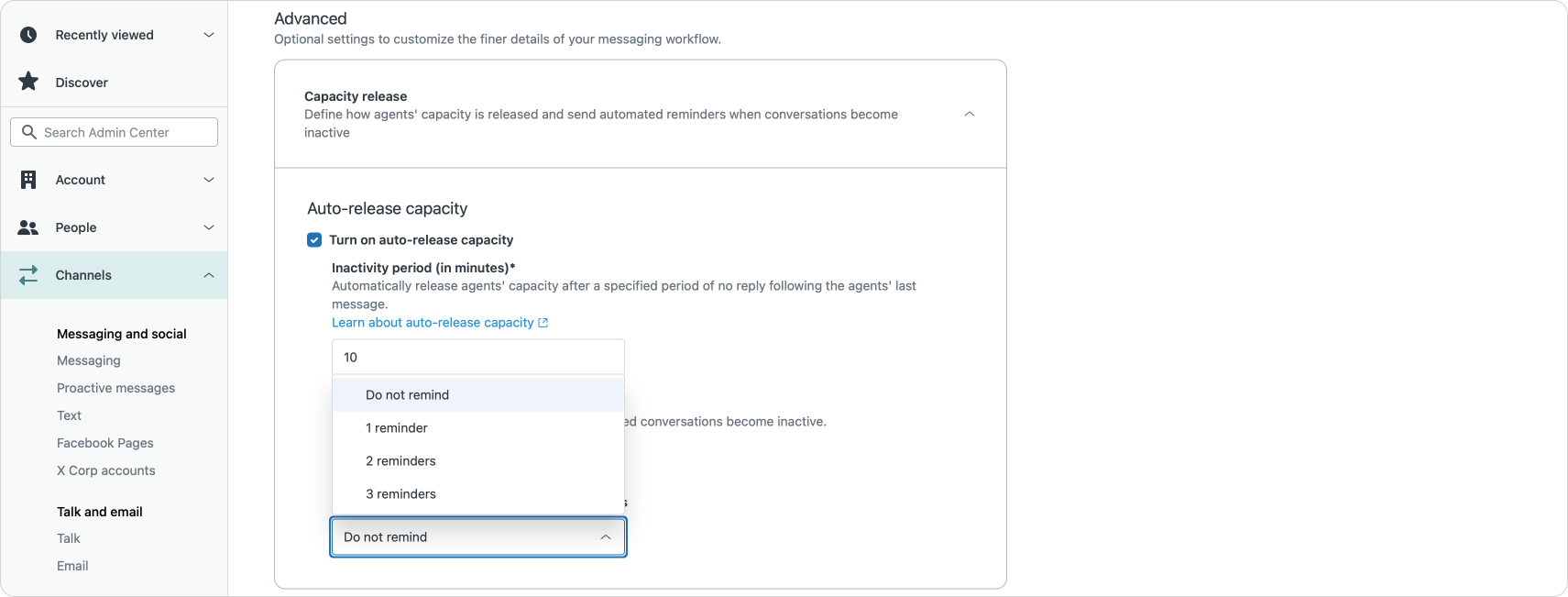
We are adding automatic reminders to the capacity release feature in messaging, which lets you send up to three nudges to end users, encouraging them to respond to the inactive conversation, and resolves the ticket if no response is received.
There's this new trend in Zendesk where things that used to be only possible via triggers and automations, moves into checkboxes and native features. These messaging reminders are just one example, but things like wait time, and capacity release comes to mind too.

My previous trigger based solution for this.
I do wonder how they decide to balance Omnichannel Routing and Messaging when it comes to adding these checkboxes. In my opinion something like Capacity Release belongs under routing, not Messaging settings.
👨🏻💻 Agent Workspace and Copilot
Intent availability for all Zendesk Copilot
We've significantly evolved our Intent model to serve all industries more effectively. Instead of offering separate industry-specific models, we now provide a unified Zendesk Intent model, built with flexibility in mind. Powerful customization options give customers greater control to tailor intents to their unique business needs.
This means that Copilot customers can immediately benefit from powerful, purpose-built intelligence. No action is required.
It used to be that you had to pick an Intent Model when you enabled Zendesk AI in your instance. You could pick between retail, travel, tech, hr, it, finance and a few others.
But now that's a thing of the past it seems. Zendesk has just released a new generic model that works across all industries. And thanks to the recently released deactivation option for intent, you can filter this longer list of prebuilt intents to just the ones applicable to your use case.
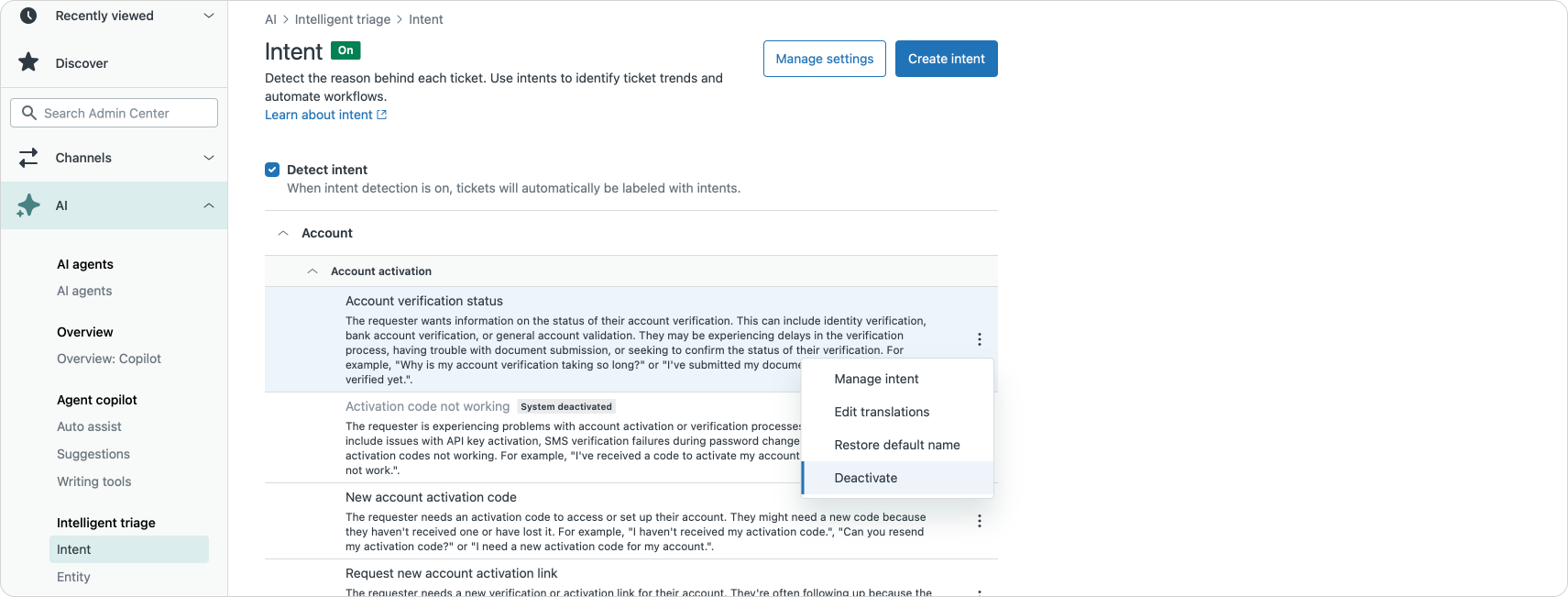
Tone of Voice for auto-assist
All auto assist suggestions are automatically adapted to match the tone, context, and writing style of a ticket conversation. [...] Tone of voice rephrases the content of an agent's public comments so that their responses adapt to the overall writing style and tone of a conversation. The system rewrites text based on past interactions between the end user and agent by analyzing certain conversation variables within a specific ticket.
On the support side of Internal Note I try to answer reader feedback in the same informal tone of voice I use on this blog. But to speed up some of the responses, especially those related to converting to paid subscribers, I have setup some Agent copilot procedures. These last few weeks I started noticing that the phrasing of those suggested replies became a lot less dry for which I can "thank" this new feature. Quite nice!
I do hope a next iteration allows for Instructions similar to those of AI Agent Advanced. I talk about readers, not subscribers. You're supporting to the blog, not paying for a service. So having some influence in the exact phrasing of things would be useful.
Track sentiment and intent throughout the ticket lifecycle

Zendesk is pleased to announce that customers using intelligent triage will have the ability to track sentiment and intent throughout the ticket lifecycle. By tracking end users’ predicted sentiment and intent throughout the ticket lifecycle, you can spot trends and address issues early, preventing escalations.
Nice addition. You can now track the sentiment from ticket inception until resolution. If you combine this together with the CSAT score you can build a pretty nice dashboard in Explore that tracks the entire feedback loop.
Keyboard Shortcuts
There's three new shortcuts available in Agent Workspace:
| Action | Shortcut |
|---|---|
| Accepting a new messaging or live chat conversation | Ctrl + Alt + Q |
| Ending a messaging or live chat conversation | Ctrl + Alt + E |
| Switching to another tab (1–9) in Agent Workspace | Ctrl + Shift + 1–9 |
These come in addition to an already nice list of shortcuts:

Now if we can get a way to easily toggle the Side Conversations, Apps, Custom Objects, Knowledge and User context panels, that would be nice.
My suggestion: Ctrl + Alt + 1 to Ctrl + Alt + 9 corresponding with the first and last icon in that right sidebar.
🧱 Open and Flexible Platform
Event log for custom objects
The Custom Objects record viewer now displays a new Events tab that shows all changes made to an object, giving you a clean overview of what happened to a record.
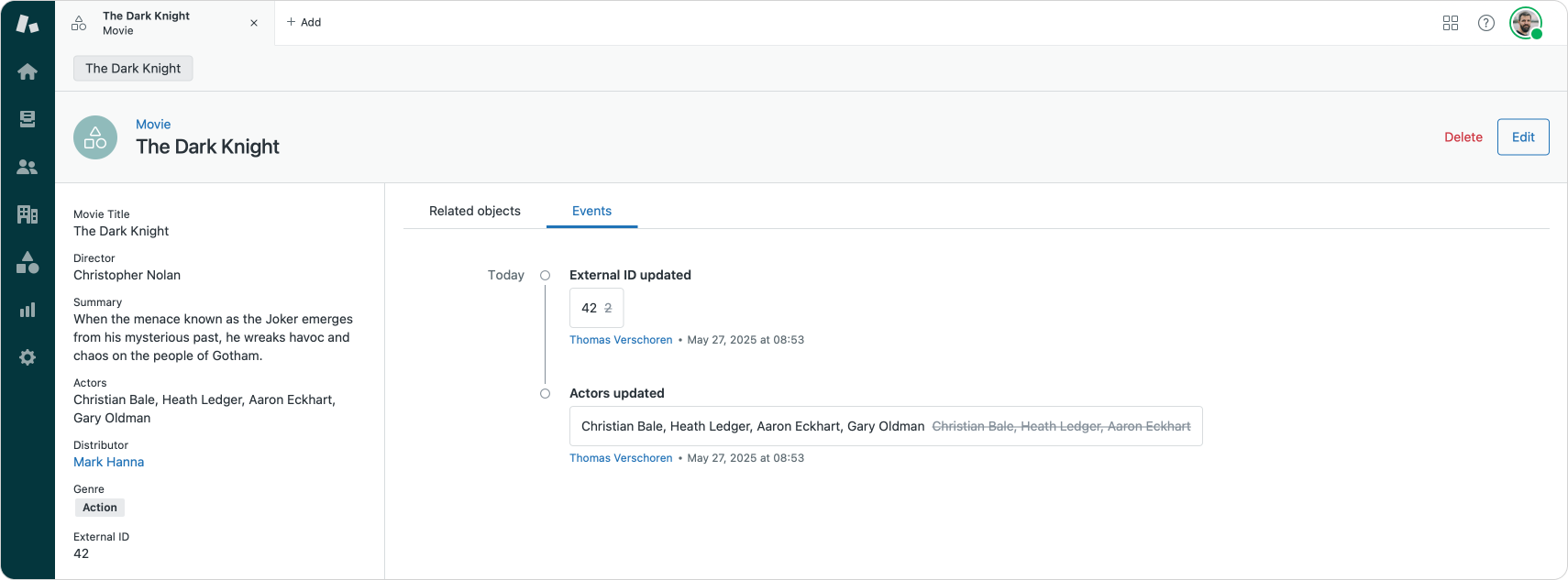
Note: Record events that occurred prior to May 20, 2025 aren't visible on the Events tab.
⚠ Major Changes
Two-step verification

Starting today, two-step verification will be the default behavior for all new accounts, including trials. Additionally, between August 19, 2025 and August 28, 2025, all remaining eligible customers not included in the phase 1 rollout and have Zendesk authentication turned on will be enrolled in 2SV.
Small but important update for any agent who has no 2FA enabled in instances without an SSO solution configured. These agents will receive an email the first time they try to login on a new device (or browser) with a validation link. They can only access their account after clicking that link.
Remove old DNS

Before DKIM and DMARC became thing, Zendesk used to require four CNAME records when using a custom support address four your instance.
These four records can (and should) now be safely deleted:
zendesk1.yourdomain.com >> mail1.zendesk.com
zendesk2.yourdomain.com >> mail2.zendesk.com
zendesk3.yourdomain.com >> mail3.zendesk.com
zendesk4.yourdomain.com >> mail4.zendesk.comAnd while you're updating your DNS, make sure you enable DKIM and add Zendesk to your DMARC record to make sure your emails are delivered correctly.
💡Insights
LukeW - The Evolution of AI Products
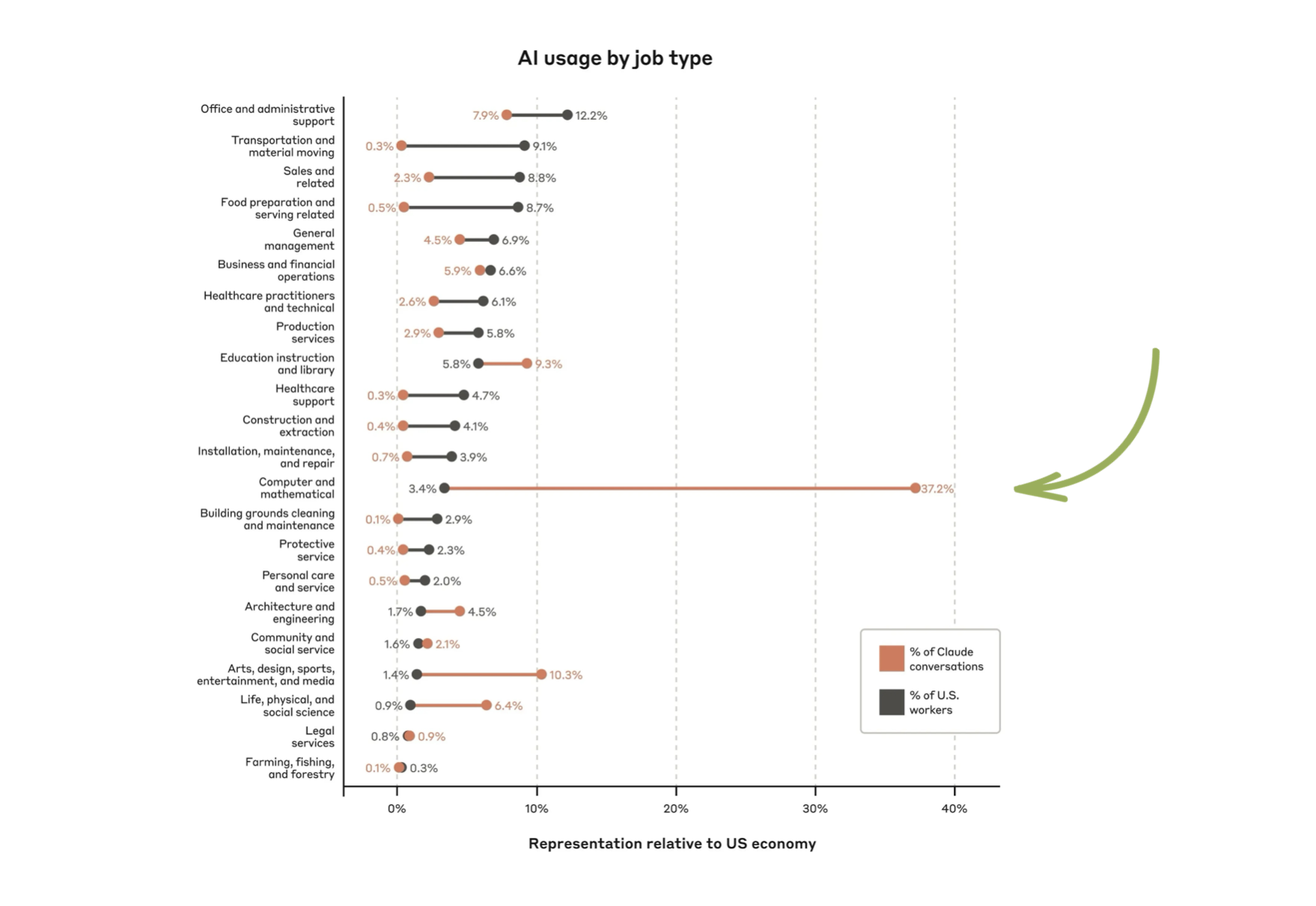
ChatGPT was exactly that: one could chat with the GPT model trained by OpenAI. This brought AI models from the background of products to the foreground and led to an explosion of chat interfaces to text, image, video, and 3D models of various sizes.
Retrieval Augmented Products
Pretty quickly companies realized that AI models provided much better results if they were given more context. At first, this meant people writing prompts (or instructions for AI models) with more explicit intent and often increasing length. To scale this approach beyond prompting, retrieval-augmented-generation (RAG) products began to emerge.
Nice overview of how AI products evolved from pure technical APIs to modern chat interfaces integrated within products.
HelpScout
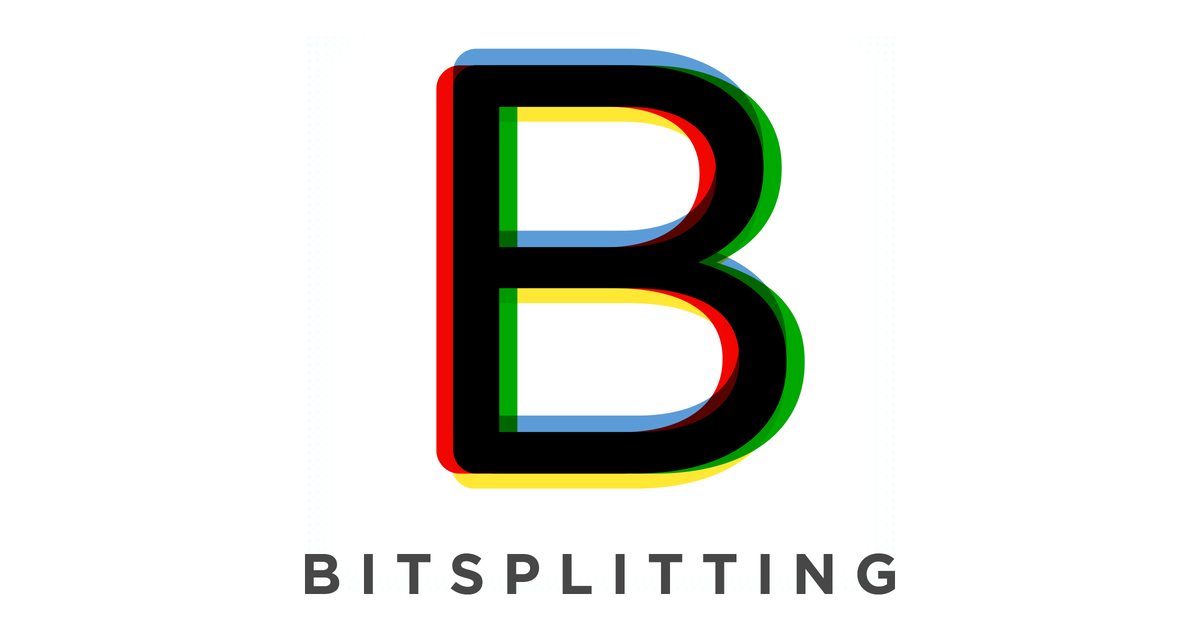
Over the past few weeks, many Help Scout customers have received notice that our plans will change to a new pricing model. Customers who haven’t received notice yet probably will soon. The new system is based on a rolling average of customer interactions. As they cleverly frame it: “the number of contacts you help each month.” Once notified, customers are granted six-months notice before the changes take effect.
With the rise of more capable AI Agents that can handle entire conversations, we’re seeing a shift in the industry from seat-based to usage-based pricing.
Vendors often frame this as “you only pay for what you use,” contrasting it with the traditional fixed pricing model that costs the same even during slower months. But the real reason is straightforward: the more AI Agents can automate, the less work there is for human agents. Fewer tasks mean fewer agents — and that means fewer seats sold.
By moving to usage-based pricing, SaaS companies can protect their revenue as customer service shifts from human to bot.
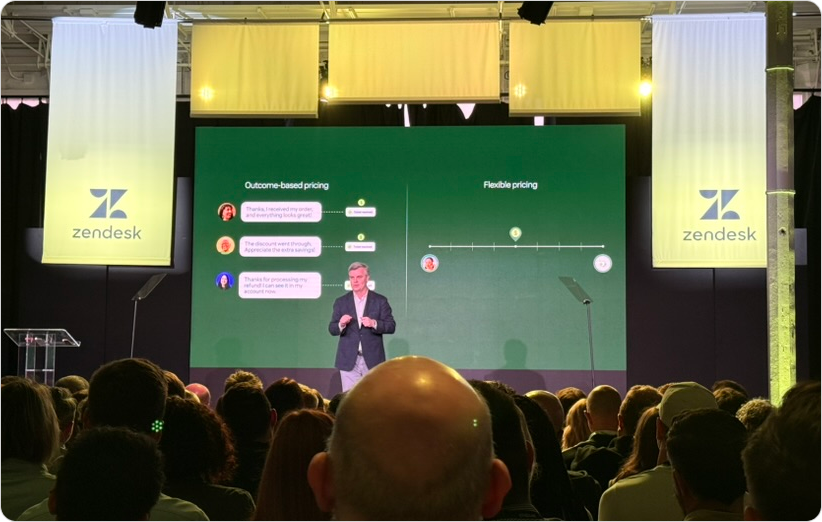
Even Zendesk has followed this trend — but with a twist. While some platforms, like Help Scout, charge based on overall usage, Zendesk only charges for successful AI interactions. That means you only pay when the AI Agent actually solves something — like surfacing a help article or completing a workflow. If it hands off to a human (whether by design or because it couldn’t help), you’re not billed for that AI attempt.
It might sound like a small detail, but it’s a big deal. Instead of paying twice — once for the AI and once for the agent — you’re only paying for the touchpoint that delivered value.
And with Zendesk’s upcoming flexible pricing model, you’ll be able to shift your costs between humans and bots as your automation rates evolve.
📝 Articles this month



And Finally...

Imagine, for a moment, a world with no humans. Just machines, bolts and screws, zeros and ones. There is no emotion. There is no art. There is only logic. You would not walk through the streets of this world and hear music or laughter or children playing; no, all you would hear is the quiet hum of processors and servers and circuits, the clanking of machinery.
I'm a big fan of this kind of inverted sci-fi stories.














